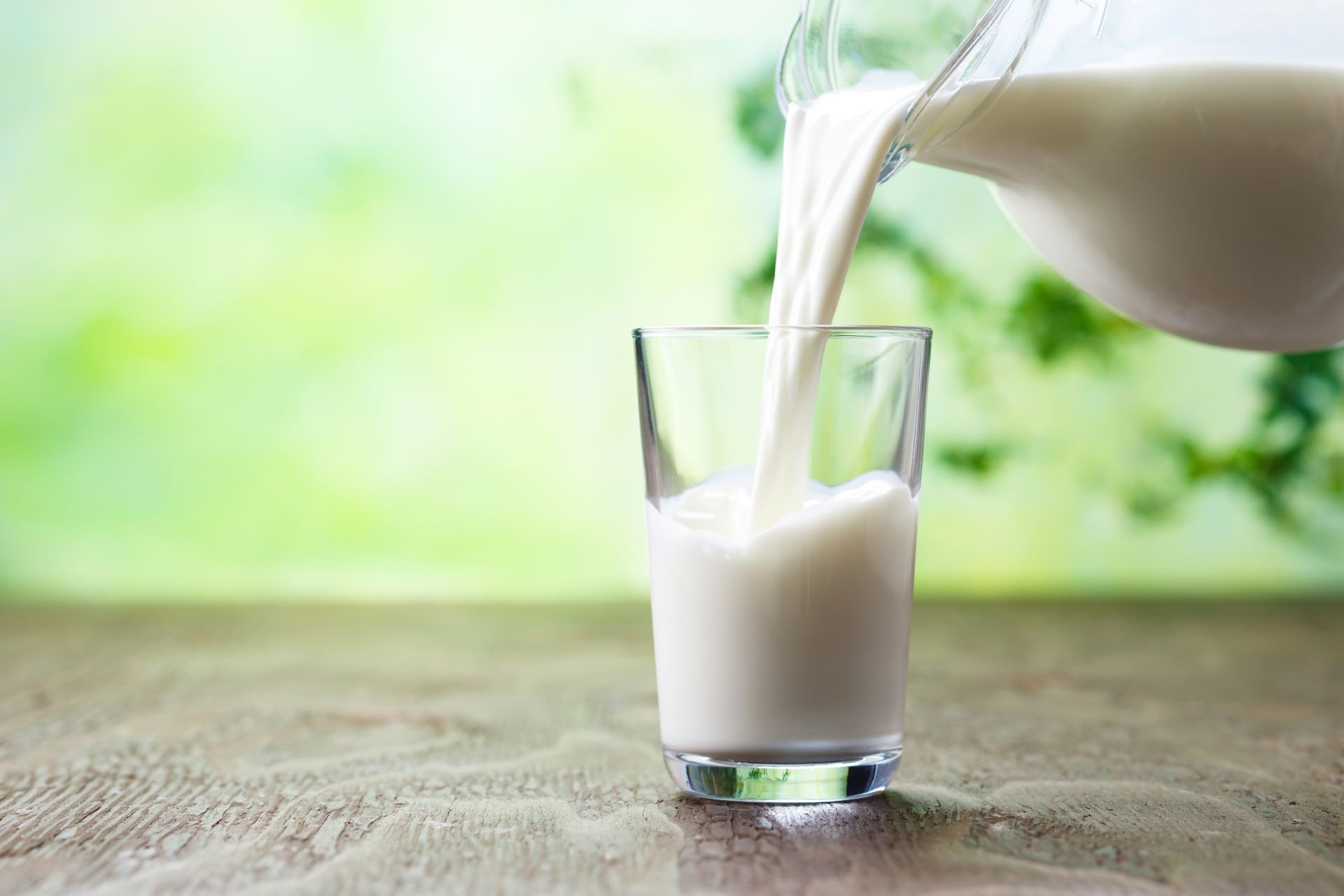A milk allergy is one of the most common food allergies in infants and young children in the UK, and while it’s not rare, it does present a unique set of challenges for parents. In this comprehensive guide, we'll navigate through the essential steps to manage and mitigate the impacts of a milk allergy in your child, ensuring a safe, nutritious, and happy upbringing both at home and at school.
Recognising Milk Allergy Symptoms in Babies
Symptoms of a milk allergy in babies can vary widely, but they typically include skin reactions such as hives or eczema, gastrointestinal problems like vomiting, diarrhoea, or colic, and, in severe cases, respiratory issues and anaphylaxis. If you're observing signs that your baby might be reacting adversely to milk, it's essential to act promptly.
Note that Anaphylaxis is a medical emergency and can typically be identified by swelling of the lips, tongue, or throat, and difficulty breathing. If you suspect your child is experiencing anaphylaxis, call 999 right away.
Confirming Milk Allergy
If you suspect your child has a milk allergy, the next vital step is to seek professional medical advice. A healthcare provider can perform specific tests, such as skin prick tests or blood tests, to confirm the presence of an allergy to cow's milk protein.
It's also important to understand that self-diagnosing or delaying professional consultation can exacerbate the condition or lead to unnecessary dietary restrictions, which might affect your child's nutritional intake.
Implementing a Milk-Free Diet
Understanding Milk Alternatives and Substitutes
Once you have a confirmed diagnosis, you’ll want to explore the variety of milk alternatives available, such as almond, soy, oat, and coconut milk, and pick the best option for your child's nutritional needs and age.
Reading Labels and Identifying Hidden Milk Products
Navigating food labels is also another critical skill for parents managing a child's milk allergy. You’ll need to become adept at spotting hidden sources of milk and milk proteins in food labels, including terms that may not immediately suggest dairy content.
Ingredients to Avoid if You Have a Milk Allergy
Most milk allergies stem from an immune reaction to one or more of the proteins found in cow's milk, including casein and whey, and these proteins can be present in various forms and names on food labels. Avoiding milk means more than just steering clear of obvious dairy products like cheese, yoghurt, and butter, but also involves being vigilant about less apparent sources of milk protein.
For example, casein, found in the curd of milk during the cheese-making process, and whey, the liquid remaining after milk has been curdled and strained, are primary proteins that can cause allergic reactions. These proteins and their derivatives can appear in non-dairy products, including some brands of canned tuna, sausages, and even in some medications or cosmetics.
Lactose, a sugar found in milk, is another ingredient to be mindful of, although lactose intolerance is different from a milk protein allergy. However, products labelled as "lactose-free" may still contain milk protein and thus are not safe for those with a milk allergy.
When shopping, it’s essential to read labels and look out for ingredients including but not limited to:
- Milk (in all forms, including condensed, derivative, dry, evaporated, goat's milk which also contains similar proteins, and milk from other animals)
- Butter and butter fat
- Cheese and cream
- Custards, puddings
- Ghee
- Yoghurt
- Cream soufflés
- Dairy spreads
- Caseinates (ammonium, calcium, magnesium, potassium, sodium caseinate)
- Lactalbumin, lactalbumin phosphate
- Lactoglobulin
- Lactose
- Hydrolysates (casein, milk protein, whey)
- Whey and its derivatives (whey protein concentrate, whey powder, whey syrup sweetener)
Managing a Milk Allergy at Home

Creating a safe environment for your child involves more than just diet modification; you’ll want to educate family members and caregivers about the allergy to prevent accidental exposure. Also, having a clear action plan in case of accidental ingestion can be lifesaving: this includes knowing how to use medications like antihistamines or epinephrine auto-injectors, should an allergic reaction occur.
Managing a Milk Allergy at School
Another vital step in managing allergies is educating the staff and teachers at your child’s school about their specific allergies. Provide detailed information on what triggers the allergies, the signs and symptoms of an allergic reaction, and the severity of potential reactions. It's important that the school's health services, including the school nurse, teachers, and cafeteria staff, are aware of your child's allergy and understand how to respond in an emergency.
Coping with Emotional Aspects
The emotional impact of managing a chronic condition like milk allergy shouldn’t be underestimated; both children and parents may experience feelings of frustration, isolation, or anxiety, and kids can often feel left out when eating with peers either at school or in their free time. Some advice on coping and dealing with stress in children can be found in our blog. A great way to overcome this is to find tasty, milk-free snacks that your little one can enjoy as a treat from time to time, while ensuring they always carry their allergy medicine with them at all times - this can help to ease any worry on your end.
Regular Monitoring and Follow-Up
Milk allergy management is an ongoing process that requires regular follow-ups with healthcare professionals. These appointments are vital to monitor your child’s growth, nutritional status, and overall health. Additionally, over time, some children may outgrow their milk allergy, and a healthcare provider can advise on safely reintroducing milk under medical supervision.
While Private Medical Insurance (PMI) in the UK does not cover allergies, it's worth noting that some providers do offer a range of benefits for your children, with some offering parental accommodation coverage in the event where your child is hospitalised.
And with the help of Usay Compare, you can find a plan for affordable health insurance for children in the UK, offering peace of mind that your little ones will always be guaranteed the best care.
Related Posts
Get a quote!
Compare the best health and life insurance policies on the market by filling in the short form below.
Thank you, John
We will be in touch shortly to run through your free tailor-made quote from UK’s leading insurers. Our prices won’t be beaten with our best price guarantee.
At Usay we take your data security very seriously and we will not sell your data to third parties. By clicking search now you agree to allow us to contact you regarding your free, no obligation quotation by email or phone. Please see our Privacy Policy and general terms.









.jpg)
.jpg)